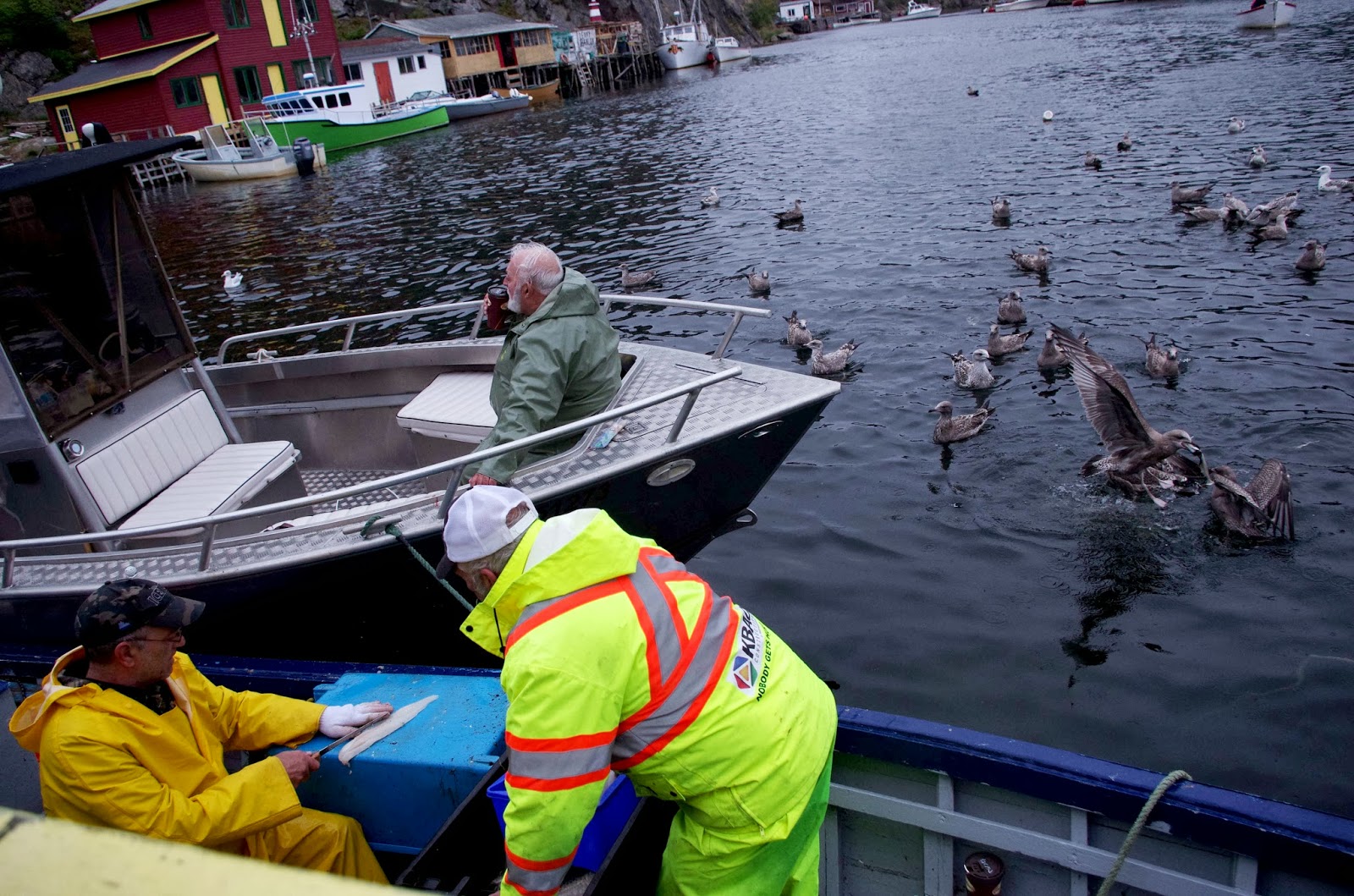The week began with a busy and challenging day. In this
week, we will complete our field school, and hand in perfect or imperfect
assignments. Most importantly, making presentation to the community, and let
the people who ever helped us to measure whether our work well done… Big
pressure to all of us, especially for me. If I have the chance to report to the
community, I think it would be a great practice to my oral English and courage.
Last whole week, we learnt how to draw a house and measure
it. All of us completed Mallard Cottage and elevation of a stage. I completed
Ring’s house as a group with charming Kayla, and completed John’s shed by my
own with the help of my partners Kayla and John LaDuke. I think they were very
fantastic experiences for us all. You can see a house alive in your draft
paper, about its history, atheistic and life. There were many problems took
place in the process. Even so you handled how to measure something accurately and
rapidly no matter in scale or reality. It practiced your patience because there
were many corners and details need to measure and draw. You became good at
drawing and your observation became profoundly. You will notice some details
you have never done before. For example how many layers of wall and how many
timbers it has- some details looked meaningless to others but the crucial
figures to you. It was a process I enjoy most.
Another thing I learned was team work. You know, measuring a
building need partners actually. One holds tape, one reads the figure, one draws.
No exception. So, being humble and learning to cooperate with partners is the
most important part to field school.
 |
| Paradise |
 |
| Sea gulls scramble for abandon fishes |
 |
| The working fishermen and hungry sea gulls |
Today morning, John interviewed Peggy, I accompanied with
him as his partner. Even if I did not help a lot, I learned something from it.
Peggy is a legendary lady in my words. She is over 90 years old. In her long
span of life, you can see some wisdom shining still. John Barne said that she
was a very smart lady. She owned the mallard cottage as an antique businessman
many years. When she passed over store to her daughter and granddaughter, she began
living in the house opposite to mallard cottage. I am curious about her own
life, so I put forward to interview her again. She is a very humorous old lady,
let me remember an old lady I ever interviewed- she is intangible heritage
inheritor of Yugur ethnic group. I think humor is important merit of human. Being
humor can maintain optimistic and young. Peggy told us “Don’t laugh at old. You
all will be old one day”. Peggy
gifted us some presents. John got a sea bear made by whale bone; I got a shell-inlaid
jewellery box and a book called Chinese
Mythology… Peggy is a very knowledgeable and amiable lady. I hope I can
interview her smoothly. But till now I have not prepared well my questions. It’s
hard for me even if I do interview in my hometown freely. I have to conquer
that and communicate naturally with people. I’ll try.
 |
| Peggy is talking history of quidi vidi |
In the end, I will put up a little poem from Peggy when she was young.
Thoughts on mallard cottage, Quidi vidi during restoration
 |
| Peggy is lost in thought carrying comet in her arms |
The years dissolve miraculously
Two centuries come alive for me
Beneath my probing tools
Old ghosts arise and share my chores
I ask them “Is this mine or yours”?
They smile their enigmatic smiles
That beckon me across the miles
Of hopes and dreams and endless toil
That caused this house to be
The joys they shared with family
And, too, the hours of misery
As I climb the steep worn stairway
Up to my cosy bed
I ponder on the families
Who trod where now I tread
Who carved these Roman numerals
On sloping boards of fir?
So slowly now revealed to me
“Neath paper layer on layer
Each pattern chosen lovingly
By “Mallard” women kind
Without a thought of heritage
That they would leave behind
Layers that helped to insulate
Against Atlantic cold
And winds from Quidi Vidi Gut
Through winters all untold
Who forgot the firetongs
Boarded beneath the stair
Of the staircase to the bedrooms
For me to find them there?
The fine old centre chimney brick
Begins to crumble dust
Revealing a soldier’s button
Without a trace of rust
How did it come to be wedged away
For me to wonder on today?
No square corners- no level floors
Latches instead of knobs on doors
A cache of bottle ‘neath the floor
Been there a hundred years or more
Stand now in
sparkling to today
Repairs become more like excavation
And each new find a revelation.
Strong ceiling beams- so very low
Small window- panes in moonlight’s glow

How many women have waited there
Watching, listening and wondering where
Menfolk and children are today?
Some things are constant anyway
Like birth and death this house has known
And seeds of kindness gently sown
Old house you live and breathe like me
And hold your place in history
A heritage of Newfoundland
Helping us to understand
Those pioneers from Ireland
So far across the sea
The story of a hardy folk
And how ‘we’ came to be.
By Peg Magnone, Mallard cottage, winter 1989
(The material source is MUN DAI)
All of the photos above were shot by Wang Xuan except the last one




















































